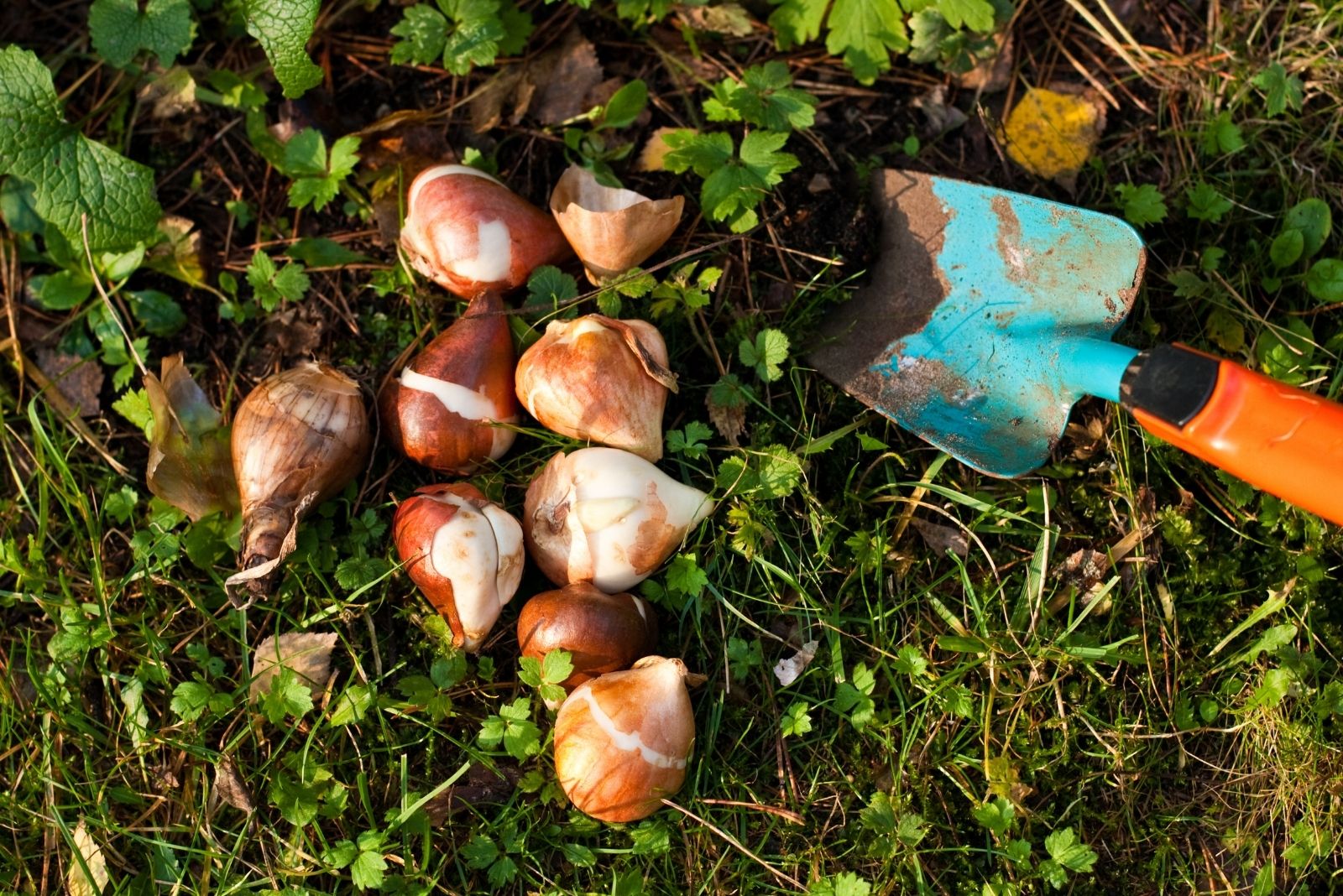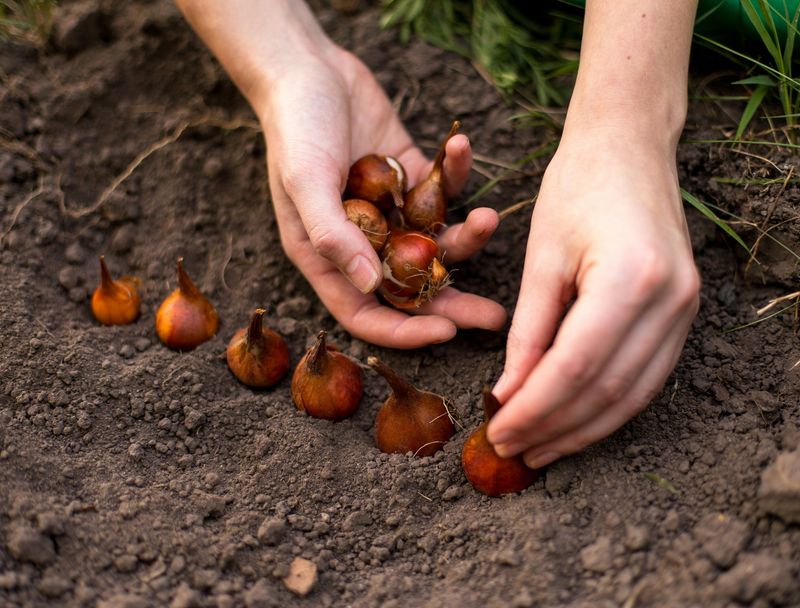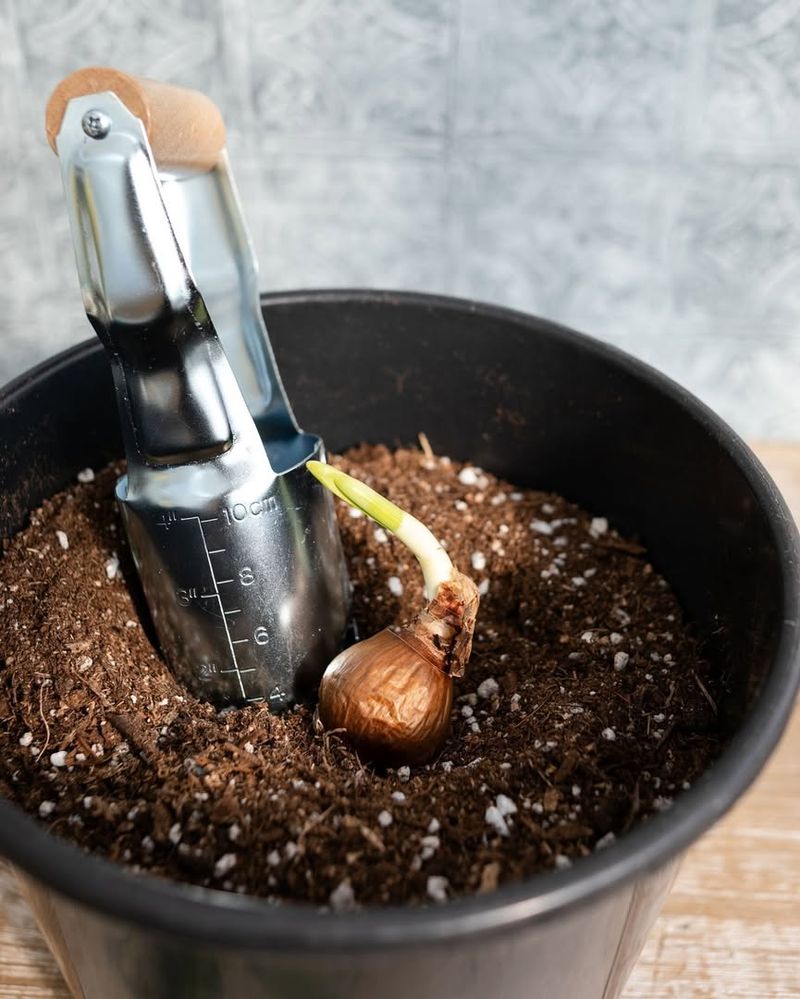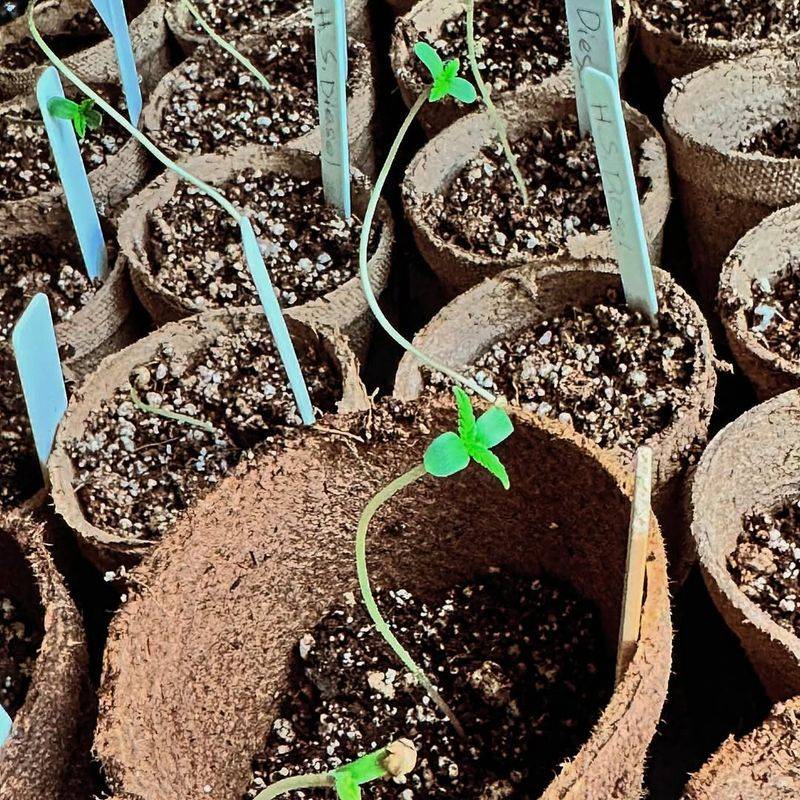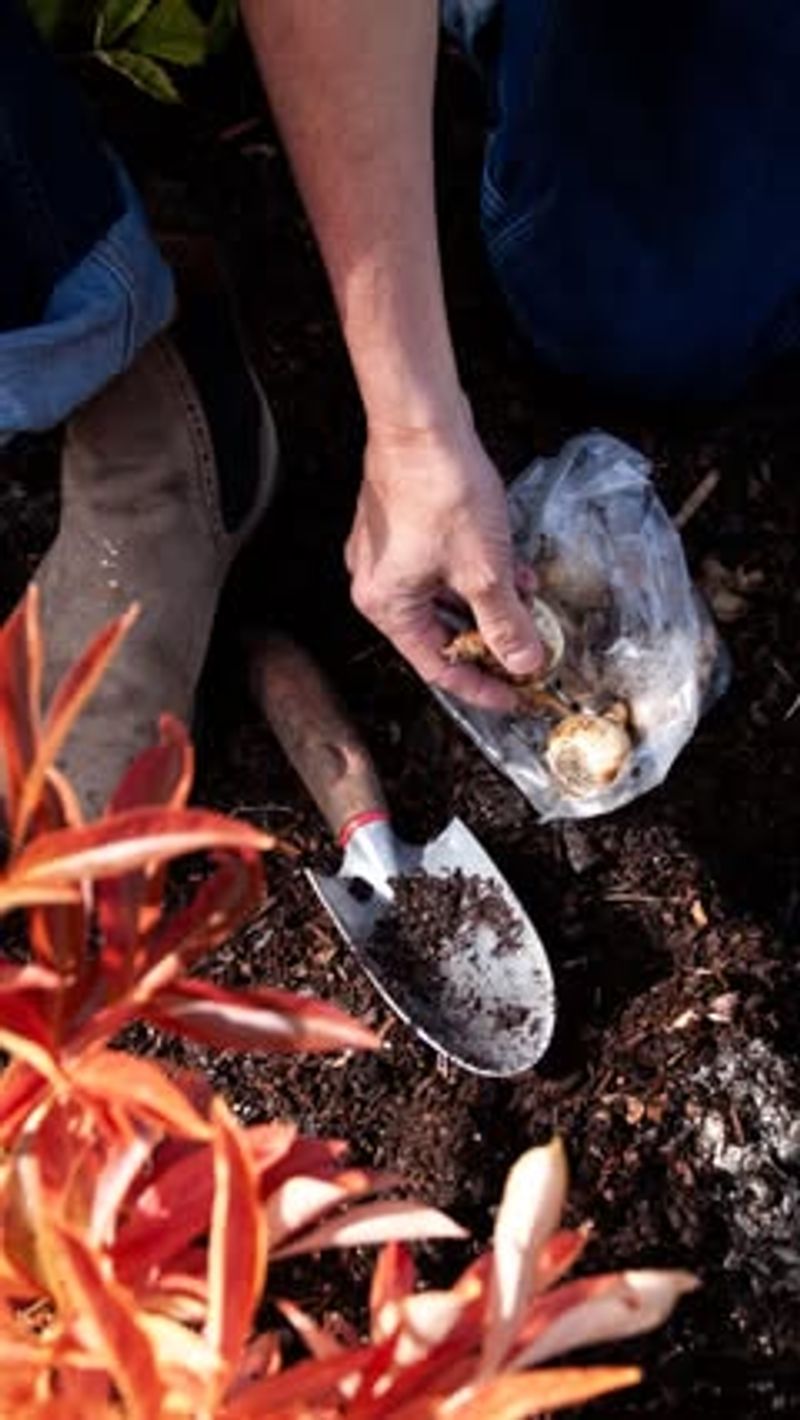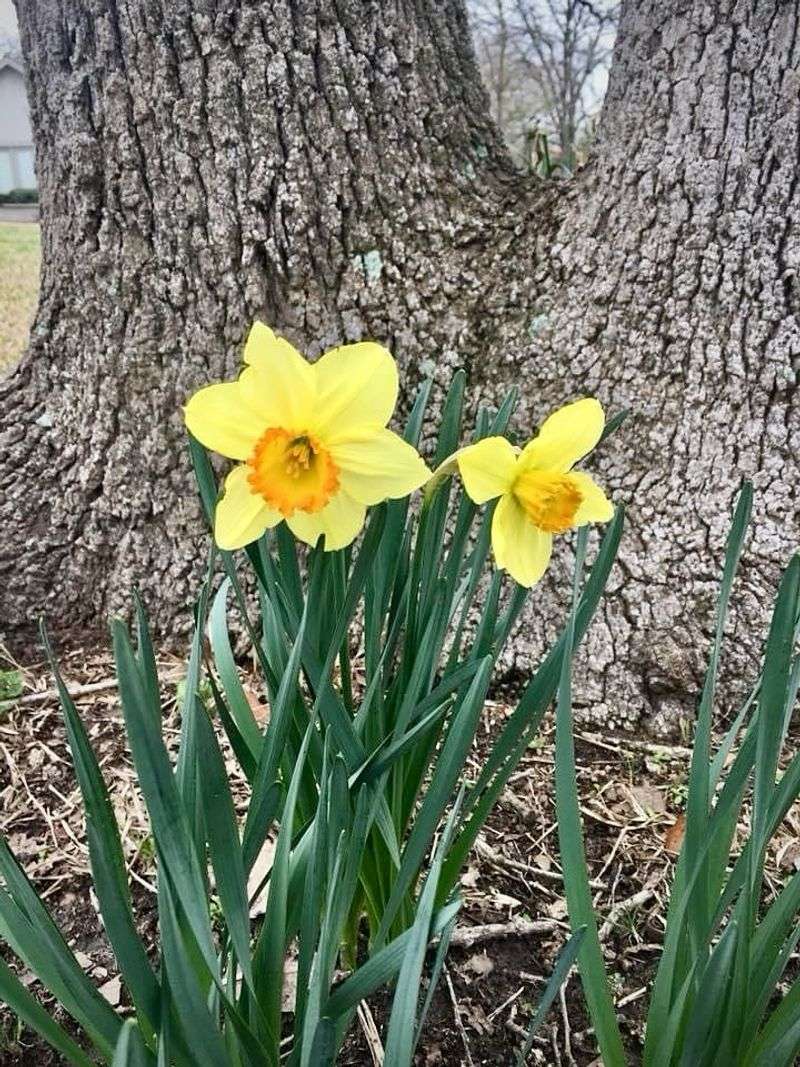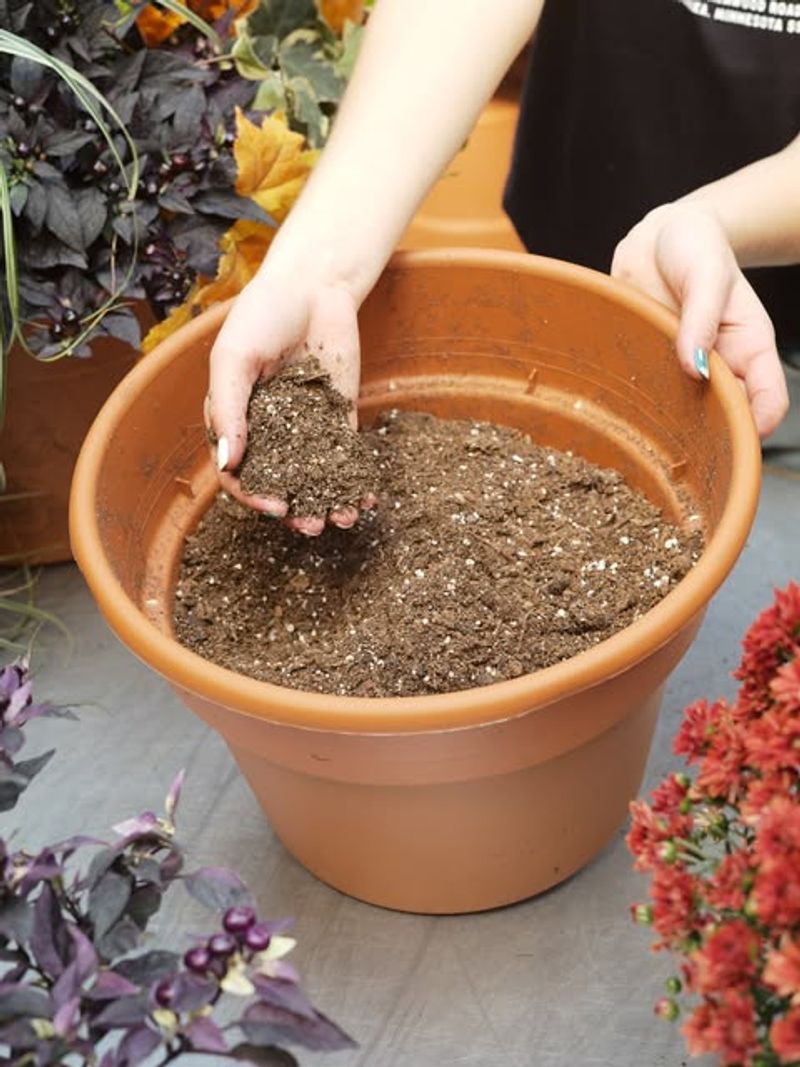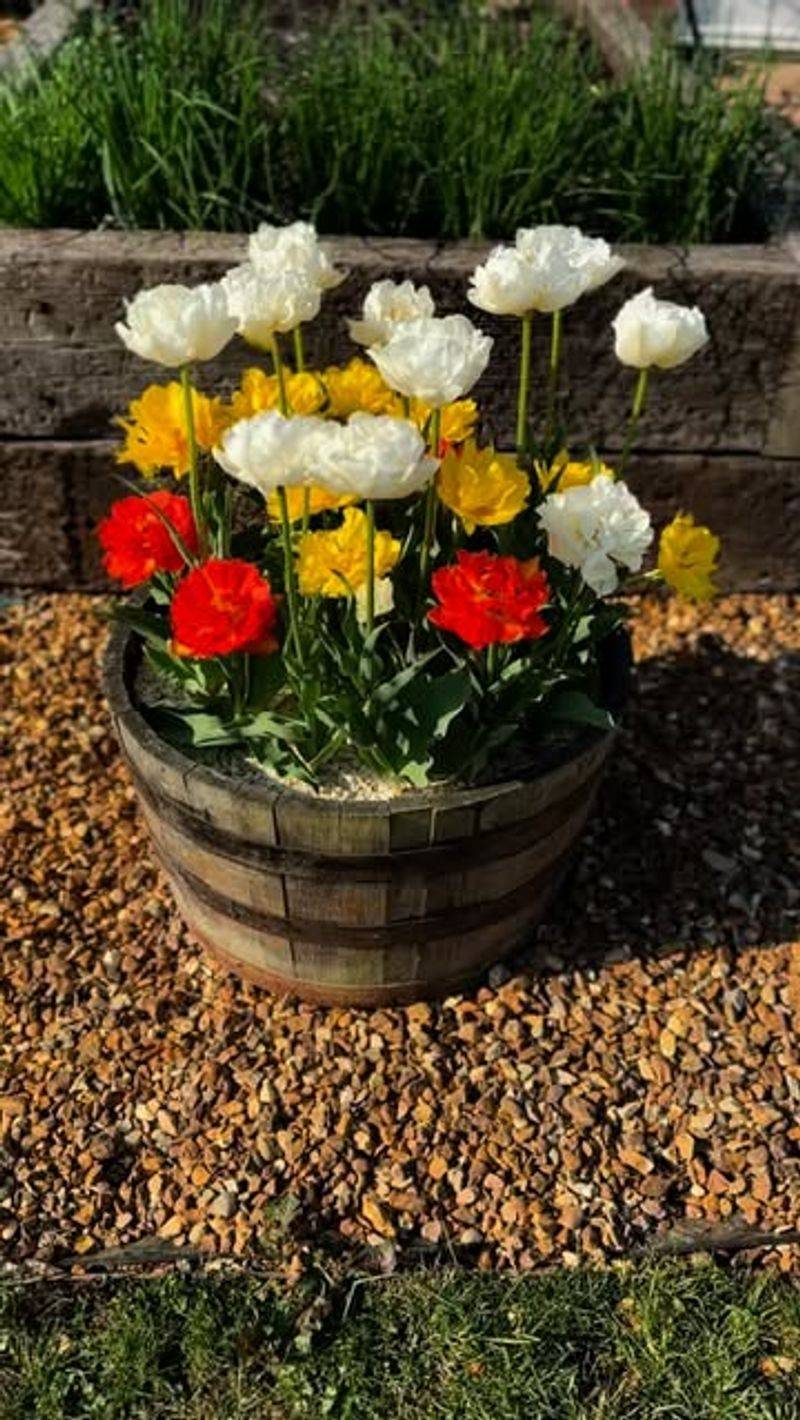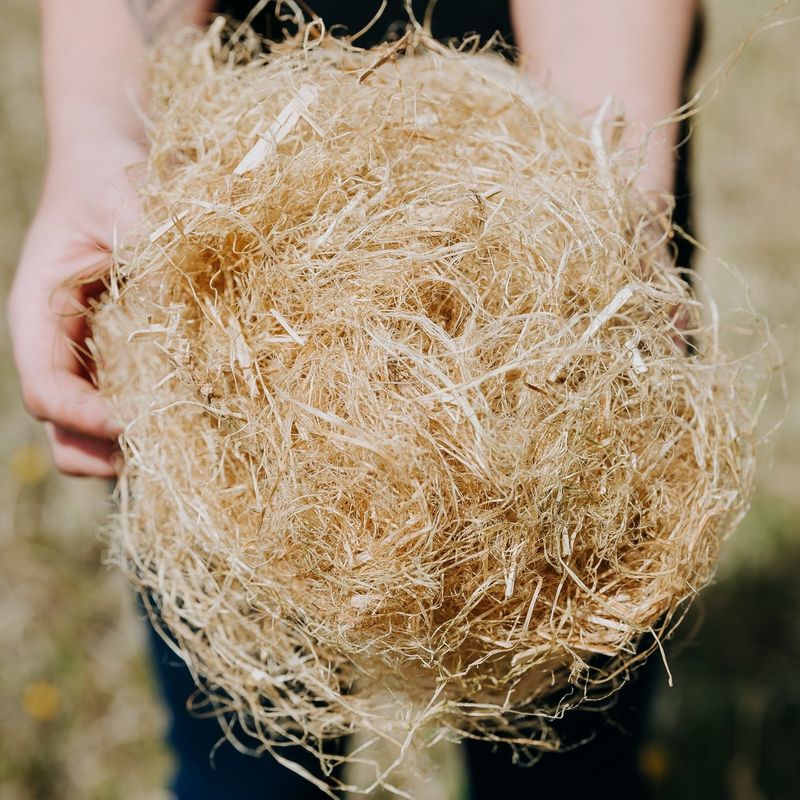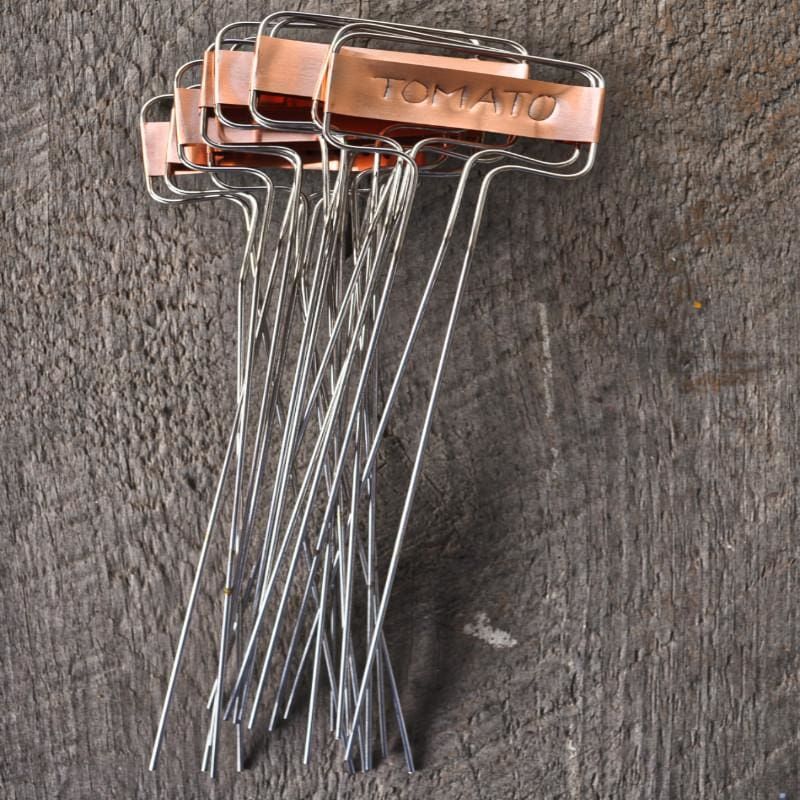Minnesota gardeners know that fall is the perfect time to get bulbs into the ground before the first hard freeze arrives. Planting bulbs in autumn gives them the cold period they need to bloom beautifully come spring.
As someone who’s planted bulbs in Minnesota for years, I’ve learned that timing and preparation make all the difference. Follow these nine steps to ensure your tulips, daffodils, and crocuses thrive in our unique climate.
1. Choose The Right Bulbs For Minnesota’s Climate
Not all bulbs are created equal, especially when you’re dealing with Minnesota winters. Selecting varieties that can handle our cold temperatures is the first step to spring success.
Tulips, daffodils, hyacinths, and crocuses are reliable choices that tolerate our Zone 3 and 4 conditions. Look for bulbs labeled as hardy to at least Zone 4, and avoid anything labeled as tender or tropical.
I’ve had the best luck buying from local nurseries in the Twin Cities area because they stock varieties proven to survive here. Fellow Minnesota gardeners often recommend trying Dutch varieties since they’re bred for cold climates similar to ours.
2. Test Your Soil Before You Plant
Do you really know what’s happening beneath the surface of your garden? Testing your soil tells you the pH level and nutrient content, which directly affects how well your bulbs will grow.
Most spring bulbs prefer slightly acidic to neutral soil, with a pH between 6.0 and 7.0. If your soil is too acidic or alkaline, you can amend it with lime or sulfur before planting your tulips and daffodils.
Minnesota clay soil can be particularly challenging, so I always add compost to improve drainage. A gardener from Duluth once told me she mixes in sand too, and her bulbs have never looked better.
3. Timing Matters: Plant Six Weeks Before The Ground Freezes
When should you actually get those bulbs into the ground? Aim for late September through October in most parts of Minnesota, giving bulbs time to establish roots before winter.
Planting too early means bulbs might sprout prematurely during warm spells. Too late, and the ground could freeze before roots develop. Daffodils and tulips need at least six weeks of root growth time.
I mark my calendar every year for the last week of September because that’s when temperatures in central Minnesota are just right. My neighbor waits until mid-October up north near Bemidji, and her crocuses still bloom beautifully each spring.
4. Dig Holes At The Proper Depth
How deep should you plant your bulbs? A common rule is to plant them at a depth three times their height, but this varies by bulb type.
Large tulip and daffodil bulbs typically go six to eight inches deep, while smaller crocuses and grape hyacinths need only three to four inches. Planting too shallow exposes bulbs to frost damage, while too deep delays spring emergence.
After years of trial and error in my Minnesota garden, I use a bulb planter tool with depth markers. It saves time and ensures consistency, especially when I’m planting dozens of bulbs before the weather turns cold.
5. Space Bulbs Properly For Best Results
Crowding bulbs together might seem like a good way to create a full display, but proper spacing prevents competition for nutrients and water. Each bulb needs room to grow and multiply.
Space large bulbs like tulips and daffodils four to six inches apart, while smaller crocuses can be two to three inches apart. Planting in clusters rather than rows creates a more natural look when they bloom.
I learned this lesson the hard way when my first batch of hyacinths came up spindly and weak. Now I measure carefully, and my spring displays in Minnesota look fuller and healthier than ever before.
6. Amend Soil With Compost And Fertilizer
Bulbs store their own food, but enriching the soil gives them extra nutrients for strong root development and impressive blooms. Good soil preparation pays off when spring arrives.
Mix compost into the planting area and add a slow-release bulb fertilizer at the bottom of each hole. Avoid high-nitrogen fertilizers that encourage leaf growth over flowers in tulips and daffodils.
Minnesota soil tends to be heavy and nutrient-poor in many areas, so I never skip this step. A gardener from Rochester shared that she uses bone meal, and her crocuses emerge weeks earlier than mine did before I started fertilizing.
7. Water Thoroughly After Planting
Should you water bulbs right after planting them in fall? Absolutely. Watering settles the soil around the bulbs and triggers root growth, which is critical before winter dormancy.
Give the planting area a deep watering immediately after placing tulips, daffodils, and crocuses in the ground. Avoid watering again unless the weather stays unusually dry, since Minnesota typically gets enough fall rain.
I water my bulbs with a gentle spray to avoid displacing soil. One autumn, I forgot to water a section, and those bulbs took much longer to establish compared to the rest of my garden.
8. Mulch To Protect From Extreme Cold
Minnesota winters can be brutal, and a layer of mulch insulates bulbs from temperature swings that cause heaving and damage. Mulching is simple insurance for spring success.
Apply two to three inches of shredded leaves, straw, or wood chips over the planting area after the ground starts to freeze. This protects tulips, daffodils, and other bulbs from extreme cold while preventing premature sprouting during warm spells.
I wait until late November to mulch because doing it too early can attract rodents looking for winter shelter. A friend in Mankato uses pine needles, which work great and look tidy throughout the cold months.
9. Mark Your Planting Areas To Avoid Disturbing Bulbs
Ever accidentally dug up your bulbs in spring while planting annuals? Marking where you planted prevents this frustrating mistake and helps you plan next season’s garden layout.
Use stakes, labels, or even a simple garden map to record where tulips, daffodils, crocuses, and hyacinths are planted. This is especially helpful if snow covers your Minnesota garden for months.
After following these steps year after year, I’ve come to appreciate how Minnesota’s chilly falls are actually the perfect time to prepare for a bright, blooming spring. I keep a notebook with planting dates and locations, which has become my most valuable gardening tool.

